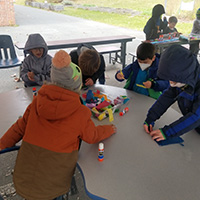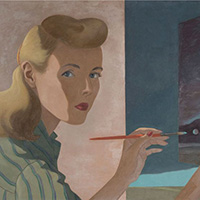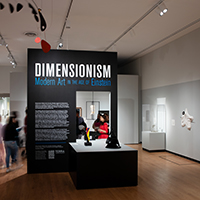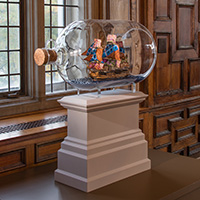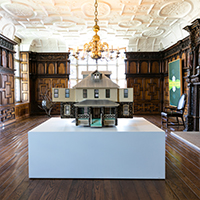Siddhartha V. Shah Named Director of The Mead Art Museum at Amherst College

Amherst College News | August 10, 2022
Siddhartha V. Shah comes from the Peabody Essex Museum, where he was Curator and Director of Education and Civic Engagement
Amherst College announced today that Siddhartha V. Shah, director of education and civic engagement and the curator of South Asian art at the Peabody Essex Museum (PEM), has been named the John Wieland 1958 Director of the College’s Mead Art Museum. In his new role, Shah will oversee the museum’s collections, acquisitions, exhibitions and programs, as well as a variety of initiatives aimed at deepening engagement with the community both on and off campus.
Fostering intersectional learning and cross-cultural understanding through the arts has long been a guiding principle of Shah’s life and career. That philosophy has shaped his curatorial work, as well as his commitment to education and community engagement, he said. “I aspire to help people see their lives and experiences reflected back at them, through objects and stories from cultures that may be completely different from their own,” he explained. “This is how art helps us better understand ourselves and each other. This is how art can break down barriers to grow and nourish a community. I am excited to do my own part to do exactly that at the Mead, the College and in Western Massachusetts.”
